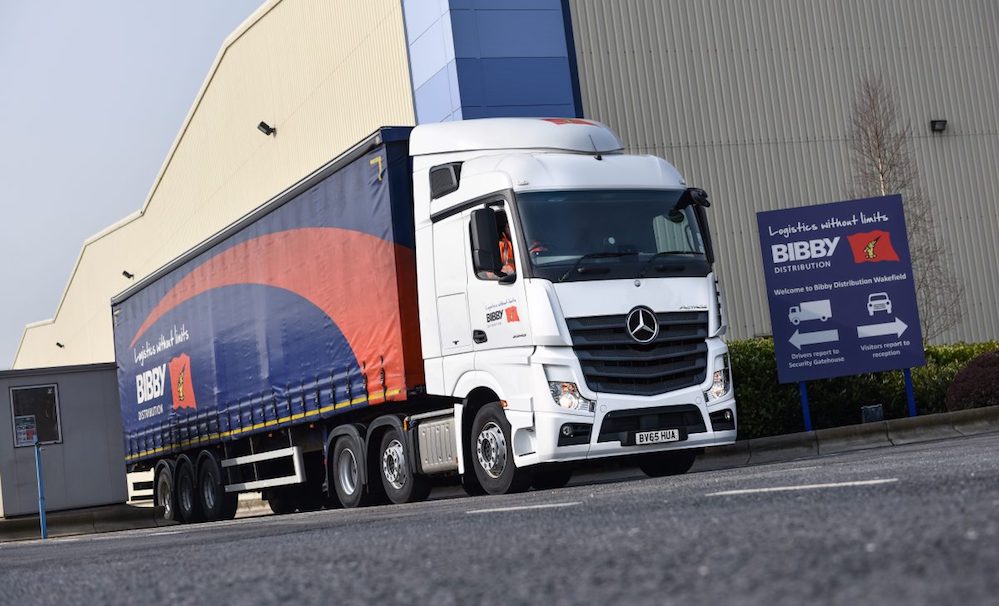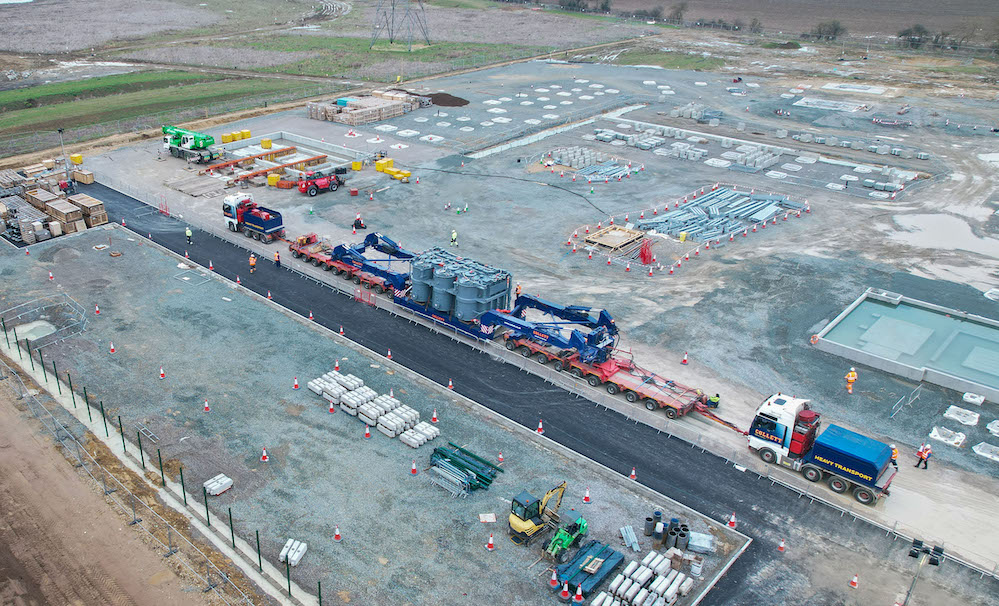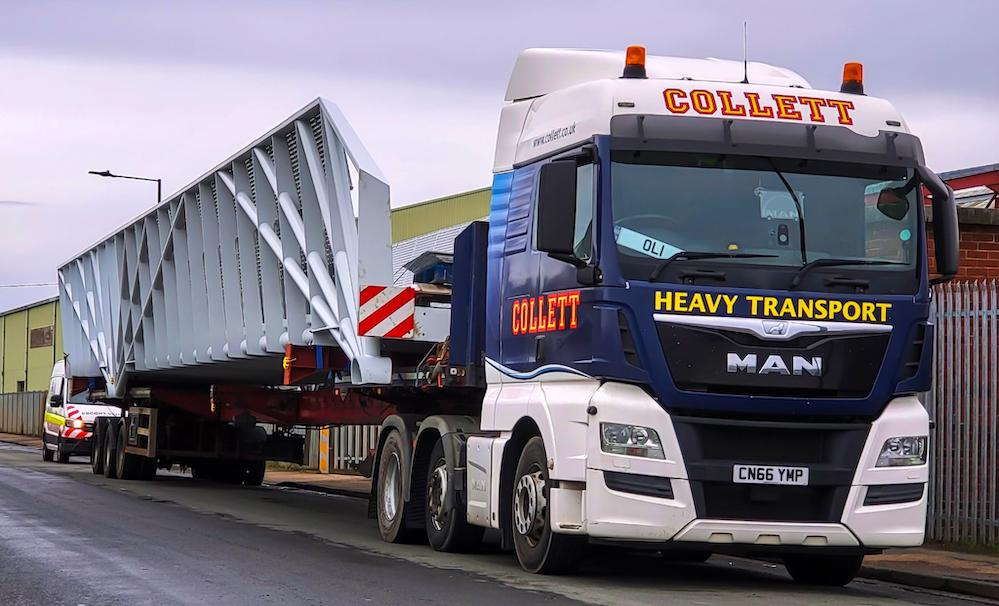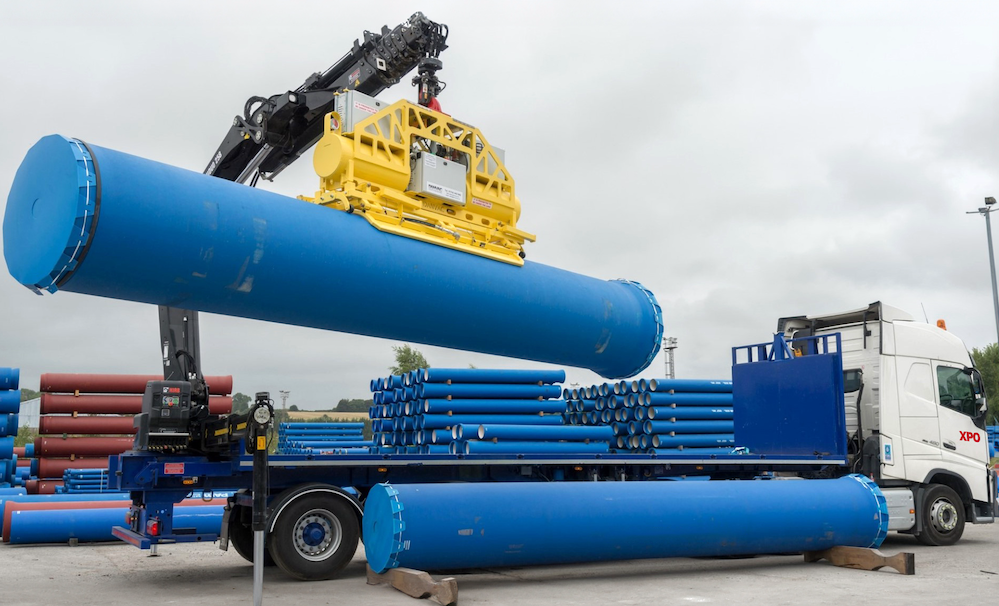Bibby Distribution’s long-term environmental strategy has cut the company’s carbon footprint for the fourth year running, thanks to its ongoing investment of millions of pounds in facilities and fleet.
During 2016, the 3PL’s total CO2 emissions per km fell by 4.4 per cent compared with 2015.
That means that since 2011, there has been a 10 per cent cumulative reduction in the company’s CO2 emissions per km.
Bibby Distribution’s ongoing reduction in emissions is in part thanks to the implementation of a new strategy to replace older, inefficient warehouses with modern, efficient ones in more practical locations.
Andrew Mawson, Bibby Distribution’s Head of Safety, Health, Environment and Quality, says: “It’s been challenging to reduce our carbon footprint by 10 per cent in five years, but it’s well worth it as it means our customers in sectors such as retail and food benefit from low-carbon supply chains. That’s why we’ve focused on developing more efficient ways of operating. It’s better for the environment, but also ultimately, it’s more cost-effective for our customers.”
As part of its property investment programme, the 3PL has replaced its 1940s facility in Yeadon with a state-of-the-art new property in Wakefield. The new warehouse features LED lighting and new electric materials handling equipment (MHE) fleet with high frequency charging – reducing energy consumption by 60 per cent. Plus, as the warehouse is better located to serve Bibby Distribution customers, the 3PL has eliminated 540,000 road miles from contracts.
Other sustainable initiatives include the specification of more energy efficient vehicles. During 2016 Bibby invested in five new juice tankers, each fitted with a lightweight and robust chassis.
This allowed the average load per tanker to be increased by 4.2 per cent compared to the previous year and is the equivalent of taking 100 tanker loads off the road, significantly reducing CO2 emissions.







